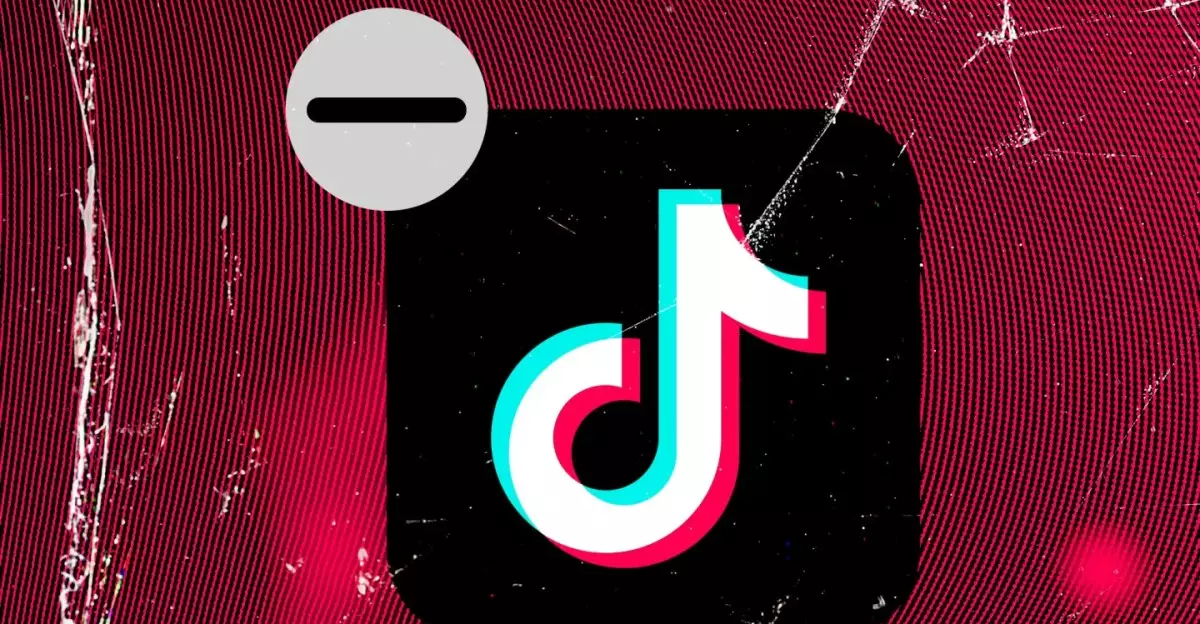In a surprising turn of events, TikTok has made its way back to the app stores of Apple and Google after a tumultuous month-long absence. Both tech giants had initially pulled the app following concerns regarding its operations under ByteDance, a company under scrutiny over its ties to China. The decision to removal was in alignment with growing regulatory pressures and aimed at complying with U.S. national security concerns. However, their recent reversal reflects a complex interplay of legal assurances and political maneuvering.
The reinstatement of TikTok can largely be attributed to a letter sent by U.S. Attorney General Pam Bondi, which assured Apple and Google that they would not face repercussions for hosting the app. This assurance seems crucial in mitigating fears of substantial financial penalties that could result from continuing to offer TikTok on their platforms. The original ban on TikTok was heavily influenced by former President Donald Trump’s administration, which made it clear that the app posed potential security risks.
The political landscape surrounding TikTok remains complex. With President Trump having signed an executive order that effectively paused the enforcement of the ban for 75 days, the situation began to shift. This created a window for negotiations, particularly as Vice President JD Vance was reportedly assigned to oversee discussions regarding the potential sale of TikTok. This maneuver indicates a broader strategy to alleviate tensions while also reflecting a willingness to explore alternative solutions rather than outright prohibition.
The return of TikTok has significant implications for its vast user base and the developers who thrive on the platform. Millions of Americans rely on the app for entertainment, education, and social connection. The removal had not only disrupted user experience but also affected content creators who monetize their influence via the platform. The reinstatement restores not just access but also a sense of normalcy in a rapidly evolving social media landscape.
Conversely, this scenario raises questions about the regulatory power of tech companies in determining app availability. The dynamics between governmental authority, corporate interests, and user accessibility are more pronounced than ever. As companies like Apple and Google grapple with the consequences of their decisions, stakeholders, including developers and users, are left navigating uncertainty.
Moving forward, the future of TikTok remains uncertain. The negotiations surrounding a potential sale could redefine its operational structure in the U.S. as well as its market strategy. Additionally, ongoing scrutiny over data privacy and national security will likely keep TikTok in the spotlight, as both federal authorities and consumers remain cautious about the app’s implications.
The reinstatement of TikTok in Apple and Google’s app stores is more than just a return of a popular social media platform. It underscores the fraught relationship between technology, politics, and consumer behavior. As users rejoice at the app’s return, broader questions linger about the implications of regulatory decisions and the evolving digital landscape. The unfolding events surrounding TikTok are sure to keep stakeholders engaged and watching closely as new developments emerge.


Leave a Reply
You must be logged in to post a comment.